The year 2024 marks the anniversary of the passing of Alberto Martini (Oderzo 1876 - Milan 1954), one of the most influential and visionary artists of the Symbolist scene and forerunner of Surrealism, and celebrations are being prepared to commemorate the importance of his figure. These events, promoted by the Oderzo Cultura Foundation, will culminate in two major exhibitions scheduled for the fall: The Extraordinary Stories. Alberto Martini and Edgar Allan Poe at the Palazzo Foscolo in Oderzo and Alberto Martini. The Dance Macabre at the Castello Sforzesco in Milan.
The celebrations, designed to immerse audiences in Alberto Martini’s unique and visionary world, aim to reveal his refined technique, powerful imagery, European-spanning intellectual dimension and the mysteries of his creations.
Described by the British press as an “Italian pen-and-ink genius” at the 1914 London exhibition, Martini was a leading figure on the international art scene between the late 19th century and the early decades of the 20th century. A painter, but mostly an illustrator of literary works, Martini showed a predilection for drawing that may have limited his fame among posterity. However, his visionary inventions fertilized the imagery of artists, musicians, comic book authors and filmmakers, such as Dylan Dog and Alfred Hitchcock, helping to renew attention to his extraordinary art.
On the 70th anniversary of his death, Oderzo, Martini’s hometown and home to the Pinacoteca dedicated to him, thus becomes the driving force behind the celebrations thanks to the Fondazione Oderzo Cultura. The main event will be the exhibition The Extraordinary Stories. Alberto Martini and Edgar Allan Poe, which will be held at Palazzo Foscolo from September 27, 2024 to March 25, 2025. Curated by Paola Bonifacio and Alessandro Botta, with scientific coordination by Carlo Sala, the exhibition will feature more than 120 works including paintings, drawings, and volumes, many of which have never been exhibited before or never before.
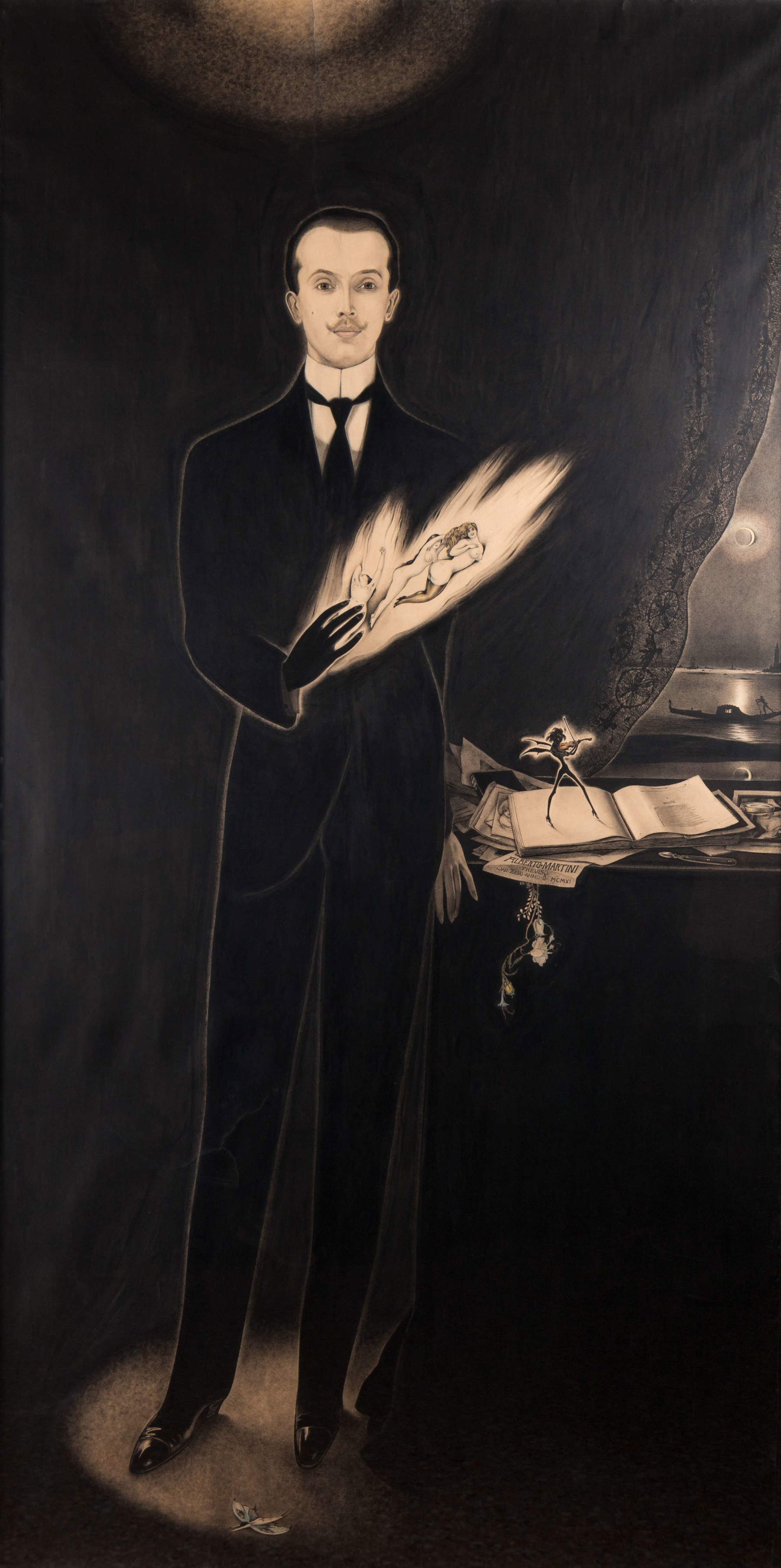
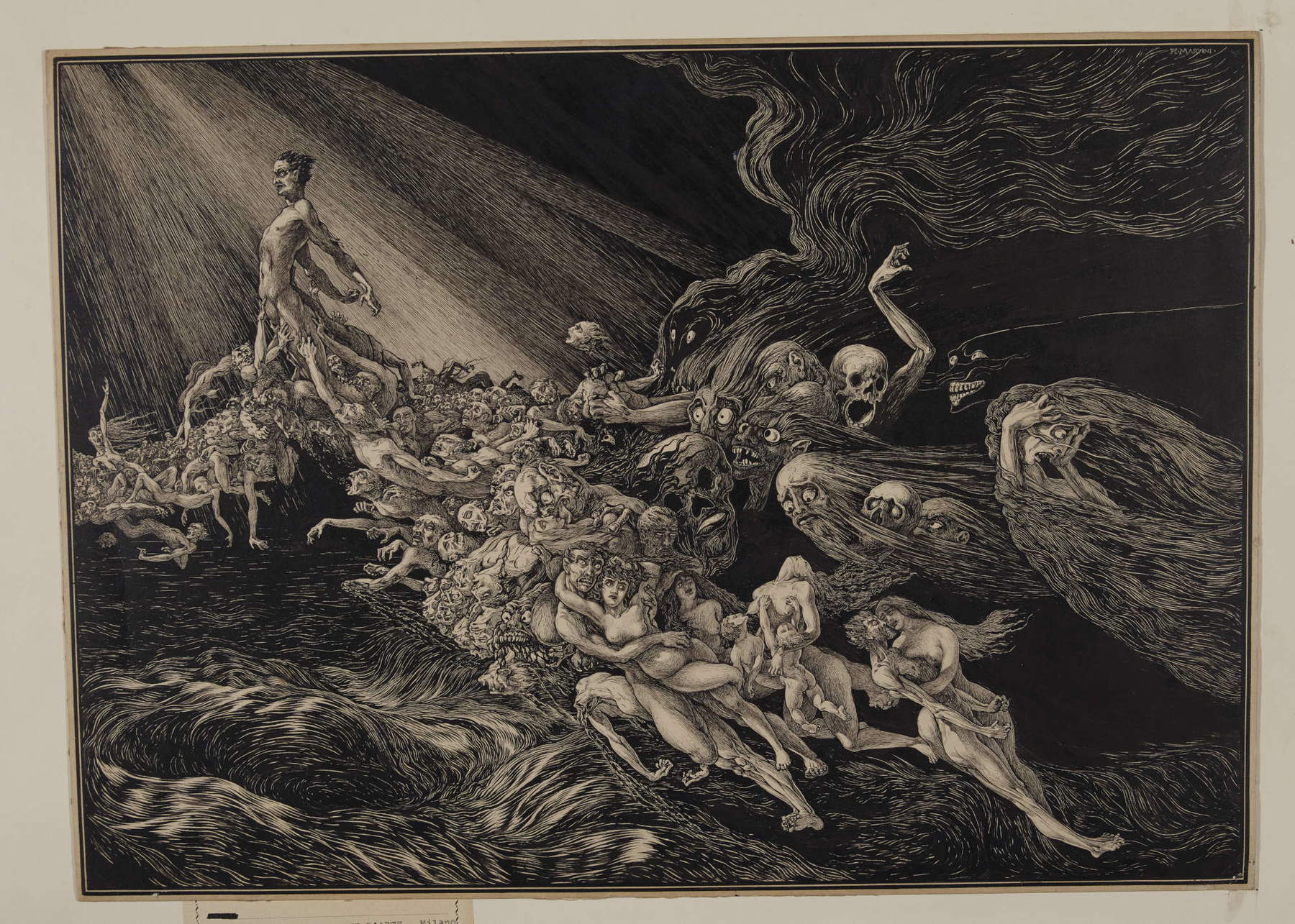
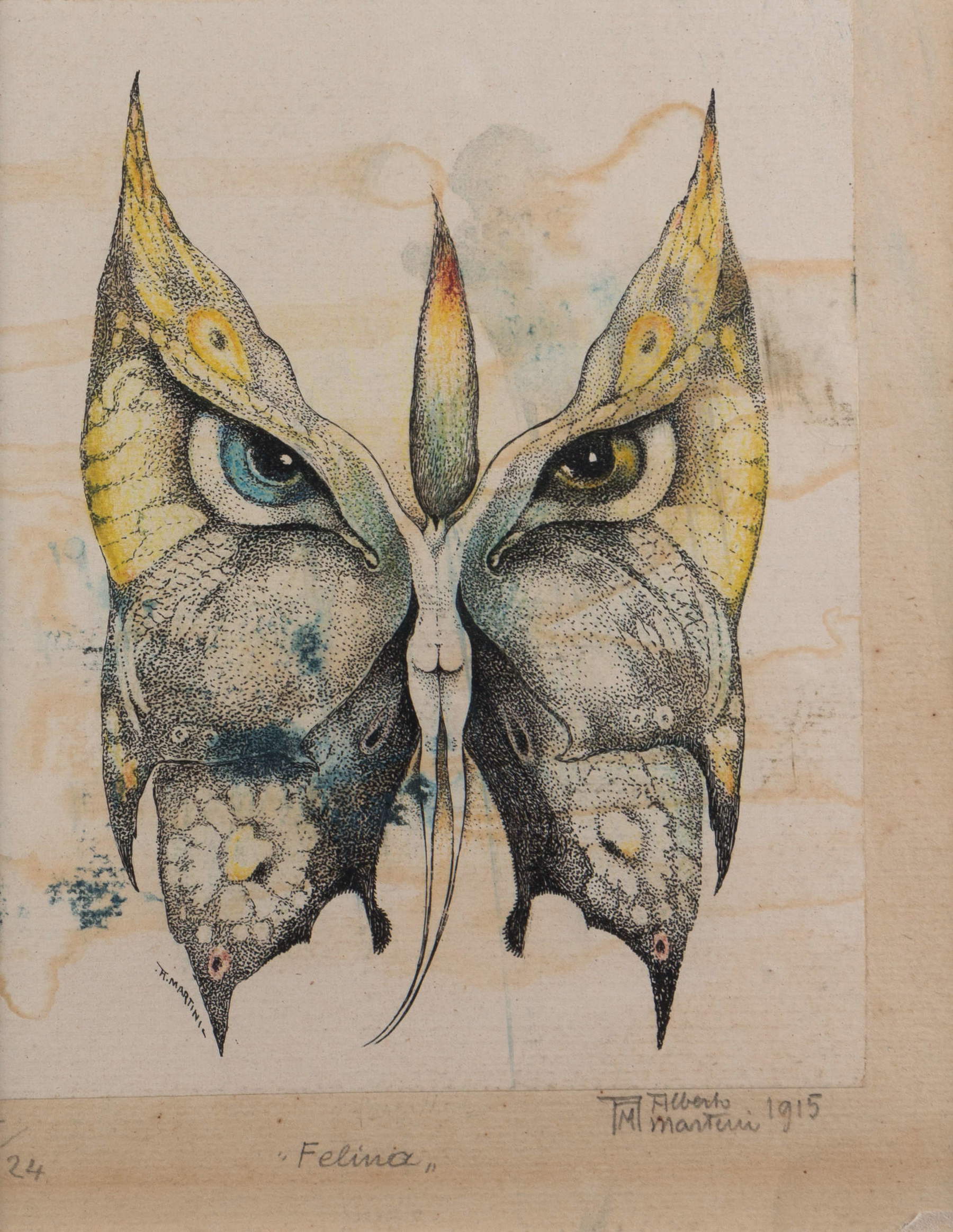
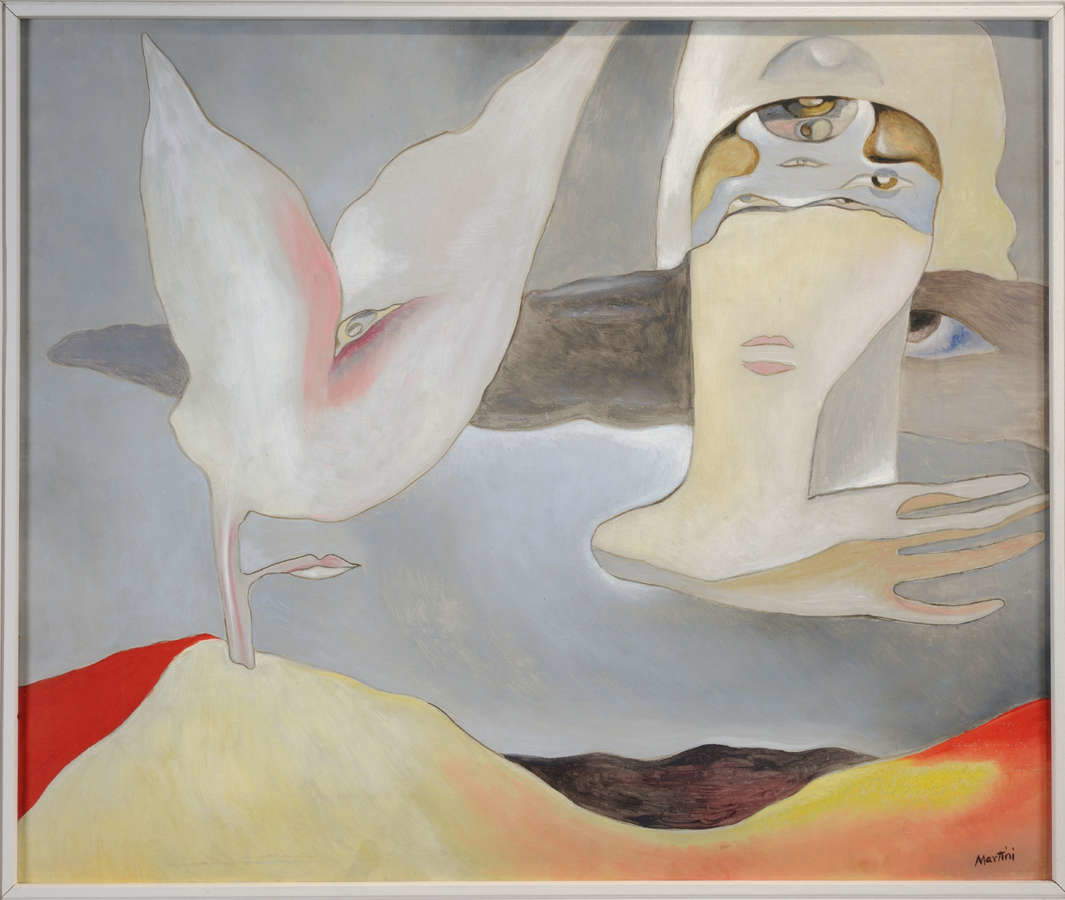

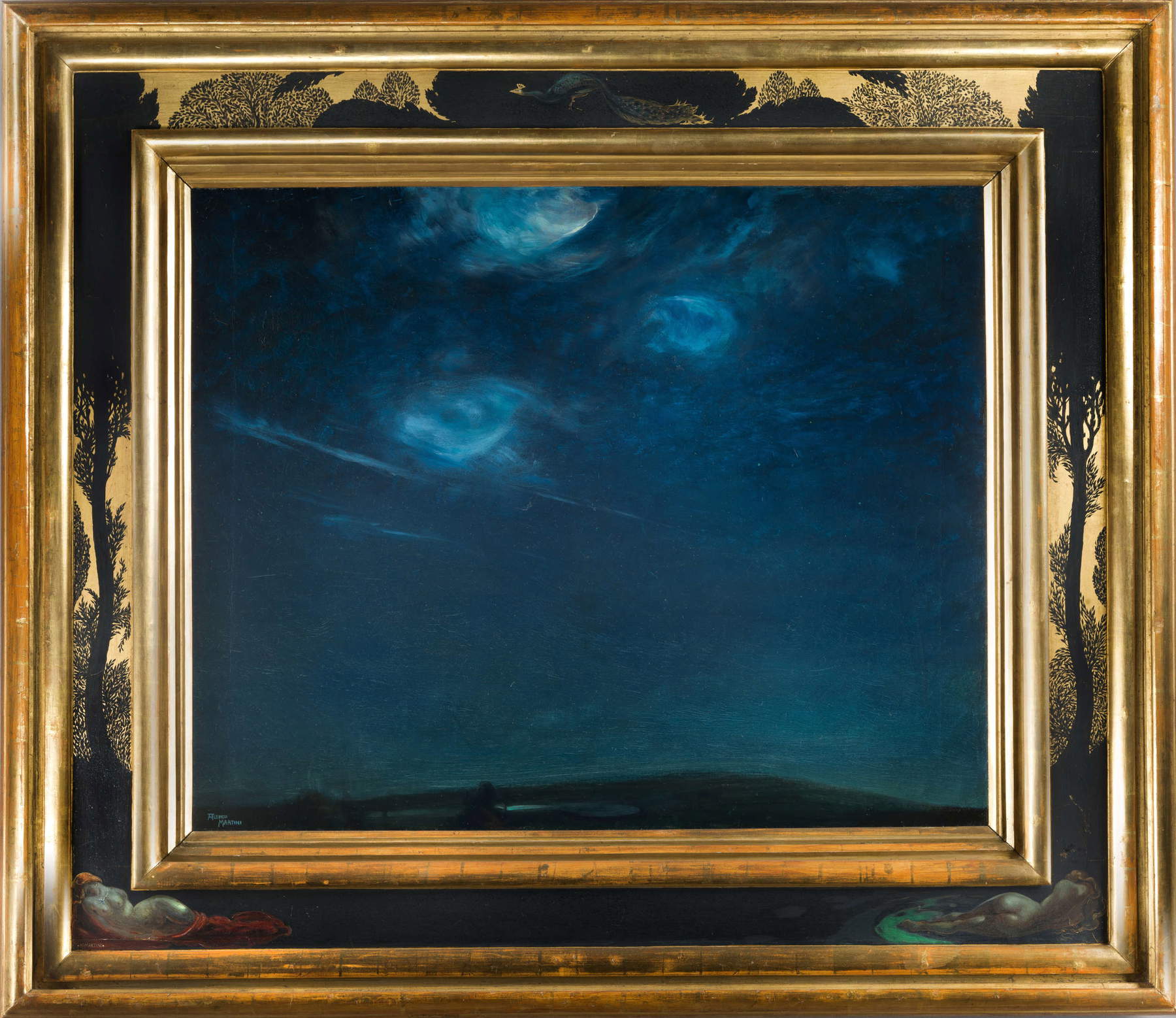
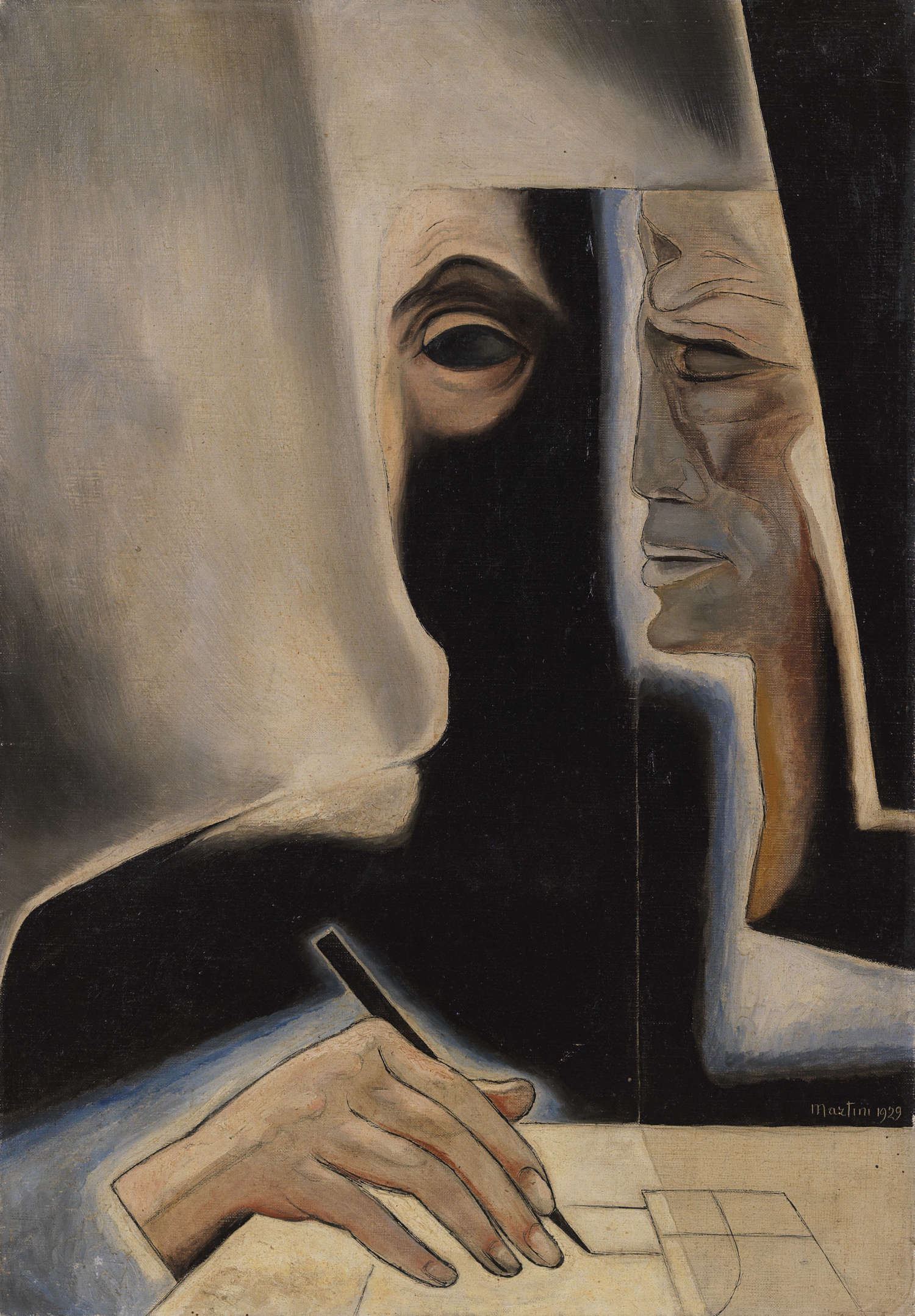
This exhibition is intended as a pathway to discover Martini’s universe and follow his maturation. With a focus on his dream world and the “dark side” of his art, the exhibition will highlight his famous series of ink illustrations of Edgar Allan Poe’s fantastic tales. Popularized in Europe especially in Charles Baudelaire’s 1856 French translation, Poe’s tales deeply affected the imaginations of artists of the time. The exhibition will include focused comparisons with works by Gaetano Previati, Illemo Camelli, James Ensor and Édouard Manet, highlighting the originality and visionary power of Martini’s illustrations, created between 1905 and the 1930s.
At the same time, in Milan, the Castello Sforzesco will host the exhibition Alberto Martini. The Dance Macabre from October 2, 2024 to January 19, 2025. This exhibition will present about sixty precious drawings preserved in the Gabinetto dei Disegni and the Raccolta delle Stampe A. Bertarelli of the Castello Sforzesco, around the theme of the Dance Macabre. The exhibition will also include examples of European graphic art on the Totentanz theme, with works by Michel Wolgemut, Hans Holbein, James Ensor, Gaetano Previati, Félicien Rops, Luigi Russolo and others.
Promoted by the Fondazione Oderzo Cultura, with the organizational support of Villaggio Globale International, the celebrations count on a curatorial team composed of Paola Bonifacio and Alessandro Botta, joined by a scientific committee of internationally renowned experts: Giorgio Marini, Rodolphe Rapetti, Giandomenico Romanelli, Carlo Sisi, Francesca Tasso, Fabrizio Malachin and Debora Rossi. The scientific coordination of the celebrations is entrusted to Carlo Sala.
The celebrations involve several institutions: the Castello Sforzesco in Milan, the Treviso Civic Museums, the Venice Biennale’s Historical Archives of Contemporary Arts - ASAC, the City of Garda, the Italian Cultural Institute and the Veneto Region headquarters in Brussels. In Treviso, a monographic room dedicated to Martini at the Bajlo Museum, opening in 2022, will continue to explore the modernity of his artistic lesson.
The Oderzo Cultura Foundation will publish with Dario Cimorelli Editore a volume of studies entitled Alberto Martini. European Artist and the catalogs of the Oderzo and Milan exhibitions, which will be presented during the “Martiniane Days” in November. The study volume, edited by Paola Bonifacio and Alessandro Botta, represents an important point of arrival for the valorization of the figure of Alberto Martini, since to date there is still no systematic study on the author. Contributing to this publication will be essays by: Paola Bonifacio, Alessandro Botta, Stefano Brenna, Lia Durante, Vittorio Pajusco, Francesco Parisi, Nicola Pasqualicchio, Rodolphe Rapetti, Giandomenico Romanelli, Elisabetta Staudacher, Viviana Triscari, Letizia Ughetto Monfrin, and Giorgio Villani.
In addition, other Italian cities such as Treviso and Venice will participate in the celebrations with leading exhibitions and initiatives. In Treviso, the collaboration between the Oderzo Cultura Foundation and the Treviso Civic Museums, which has already led to the opening of a monographic room dedicated to Martini at the Bajlo Museum in 2022, will see a series of events to commemorate the 70th anniversary of the artist’s death, questioning the modernity of his artistic lesson. In Venice, the Historical Archives of Contemporary Arts - ASAC of the Venice Biennale will promote a specific itinerary for young students and researchers, dedicated to illustration and graphics in relation to the figure of Alberto Martini. Finally, a selection of illustrations from the Divine Comedy cycle will be set up in Garda, while abroad, in Belgium and France, appointments and exhibitions are being defined to renew the fame and knowledge of Alberto Martini.
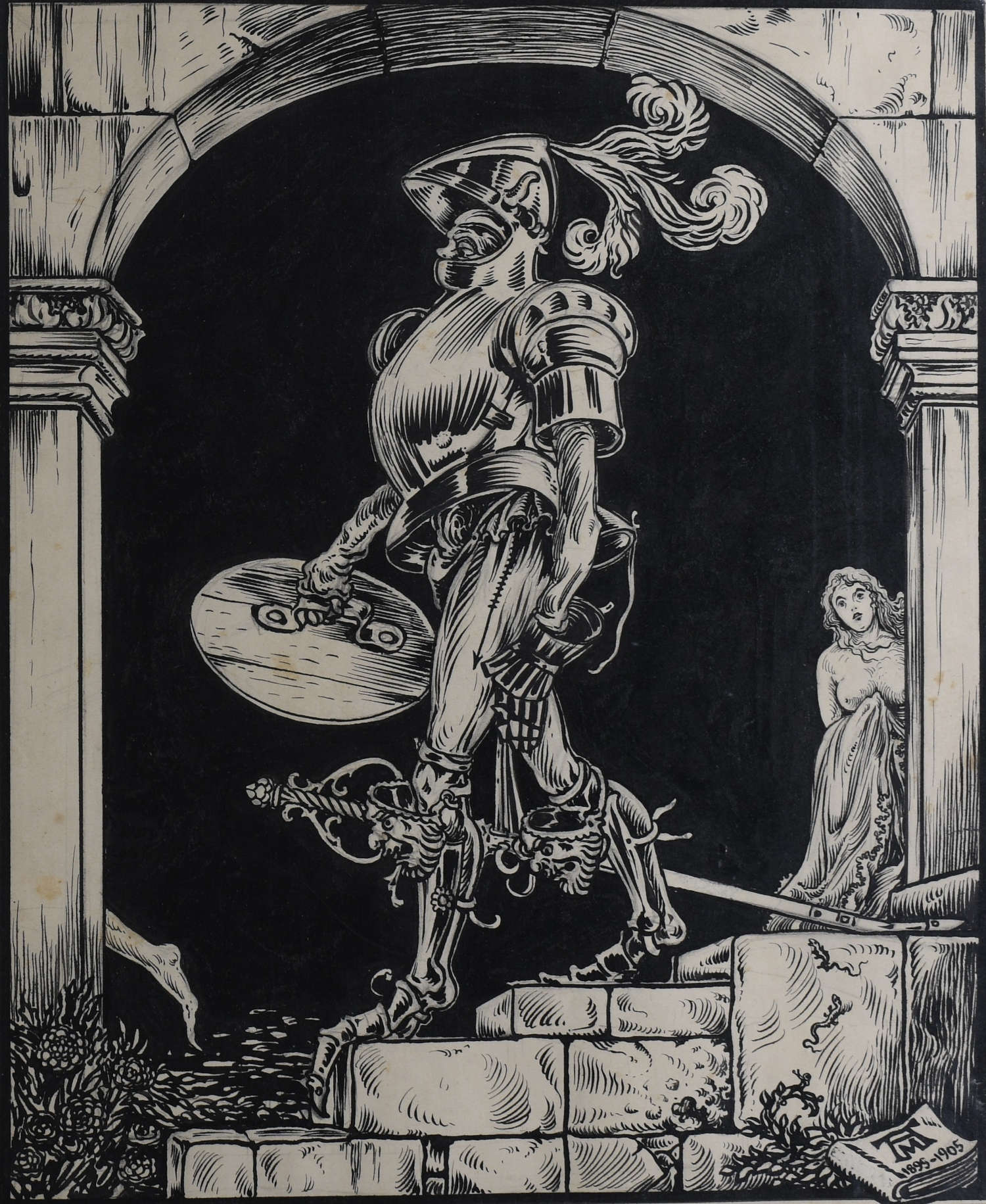
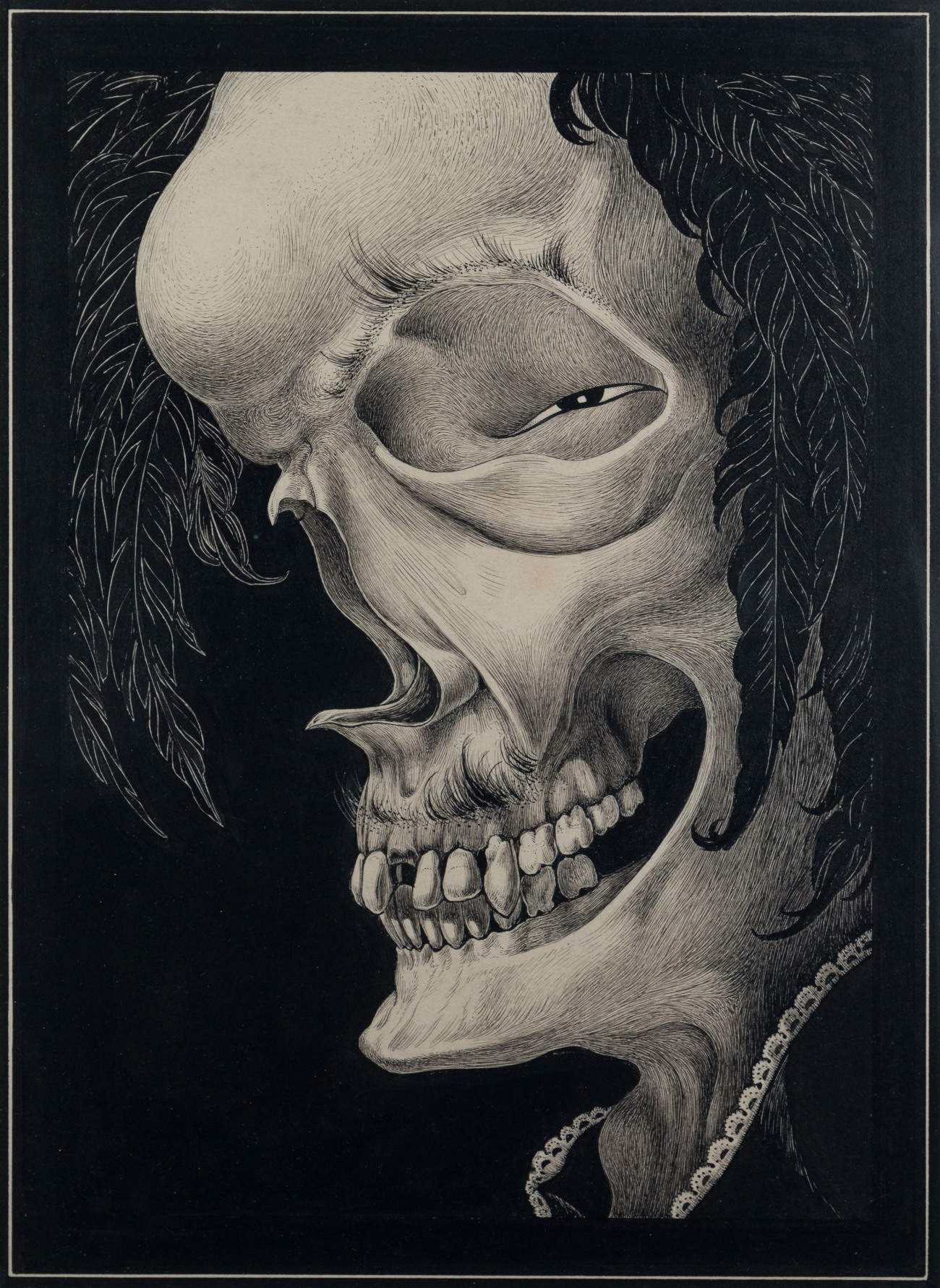
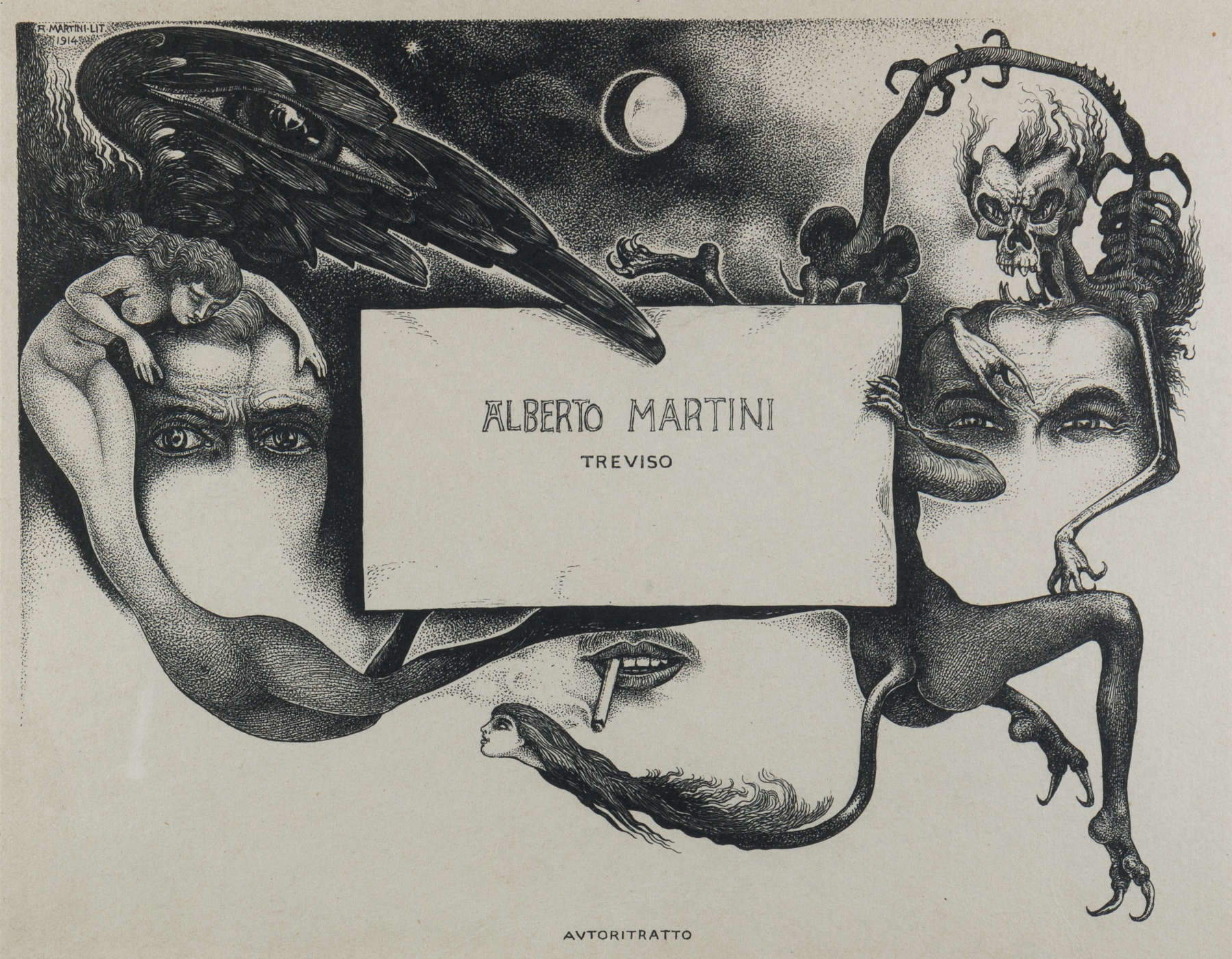

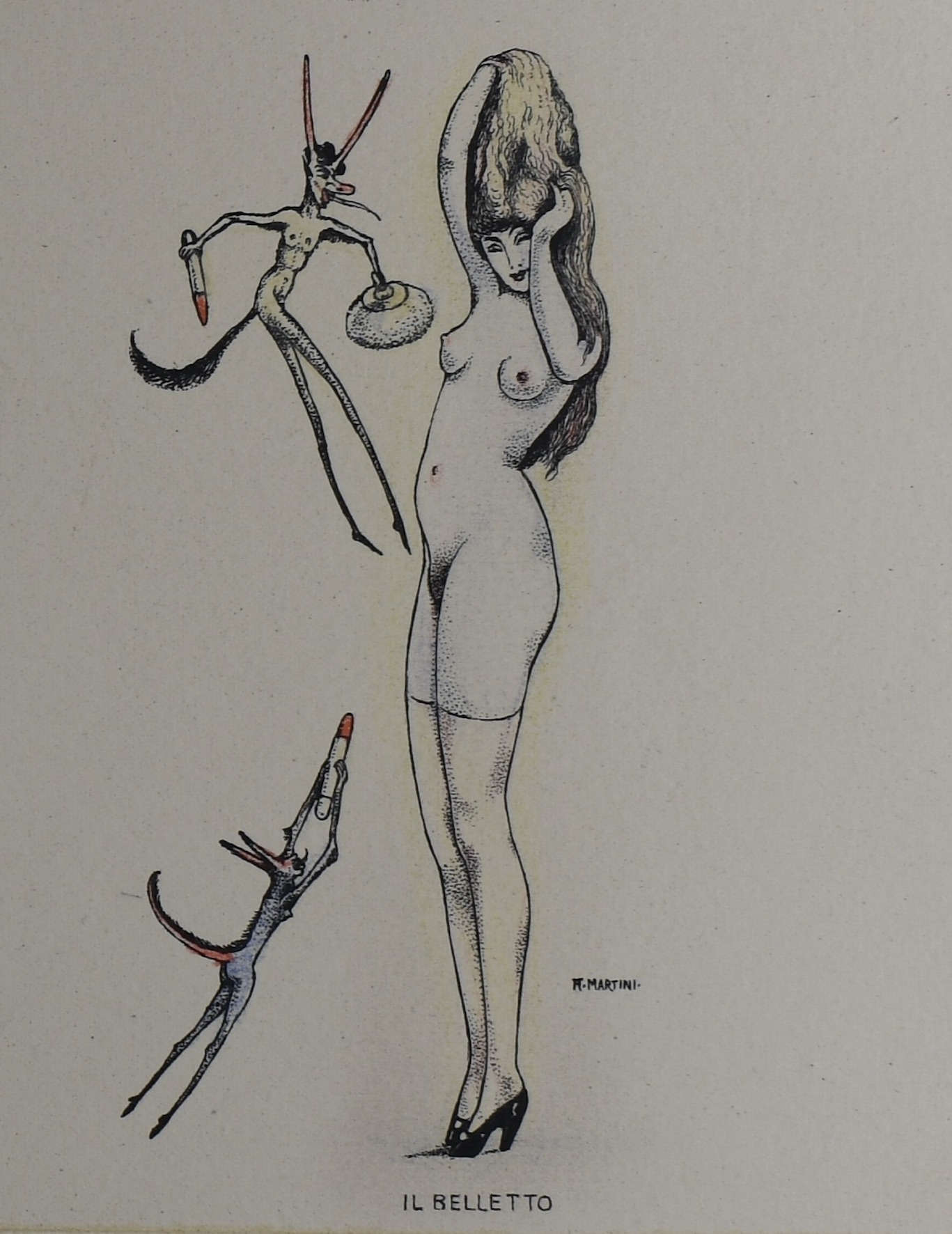
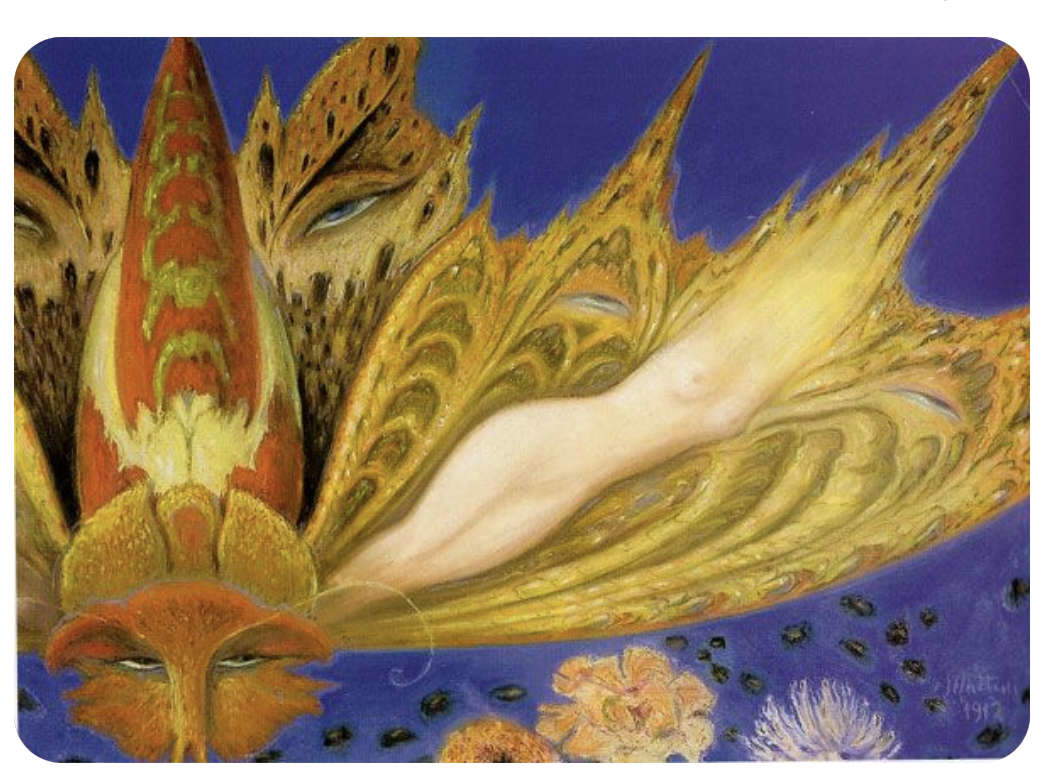
 |
| Two exhibitions to celebrate the 70th anniversary of the passing of Alberto Martini, Symbolist genius |
Warning: the translation into English of the original Italian article was created using automatic tools. We undertake to review all articles, but we do not guarantee the total absence of inaccuracies in the translation due to the program. You can find the original by clicking on the ITA button. If you find any mistake,please contact us.